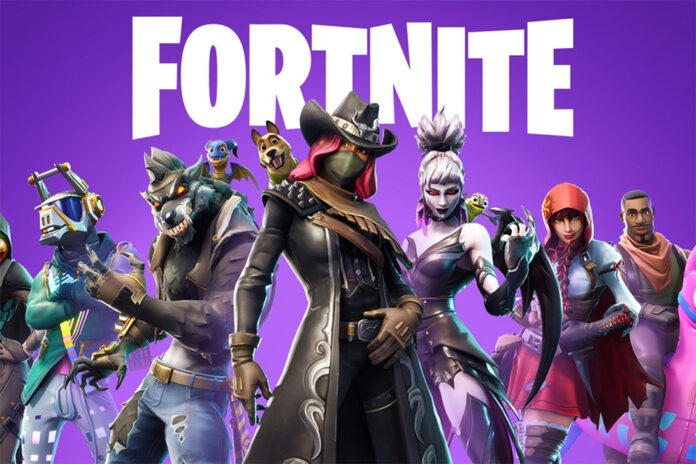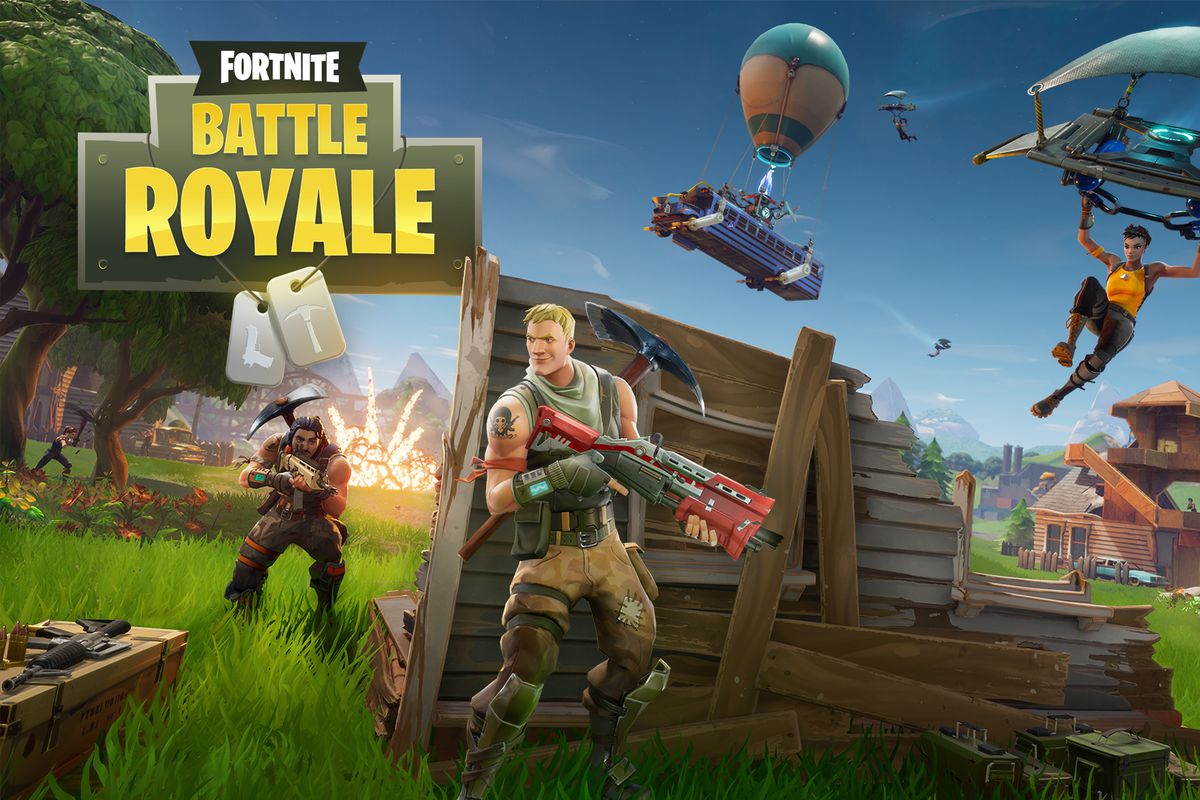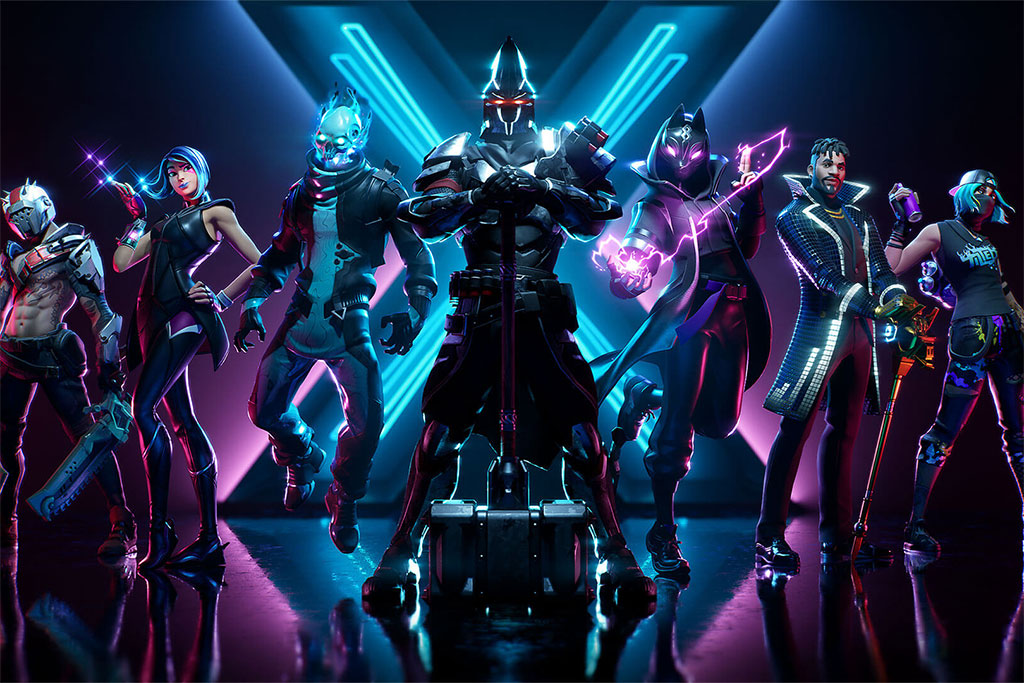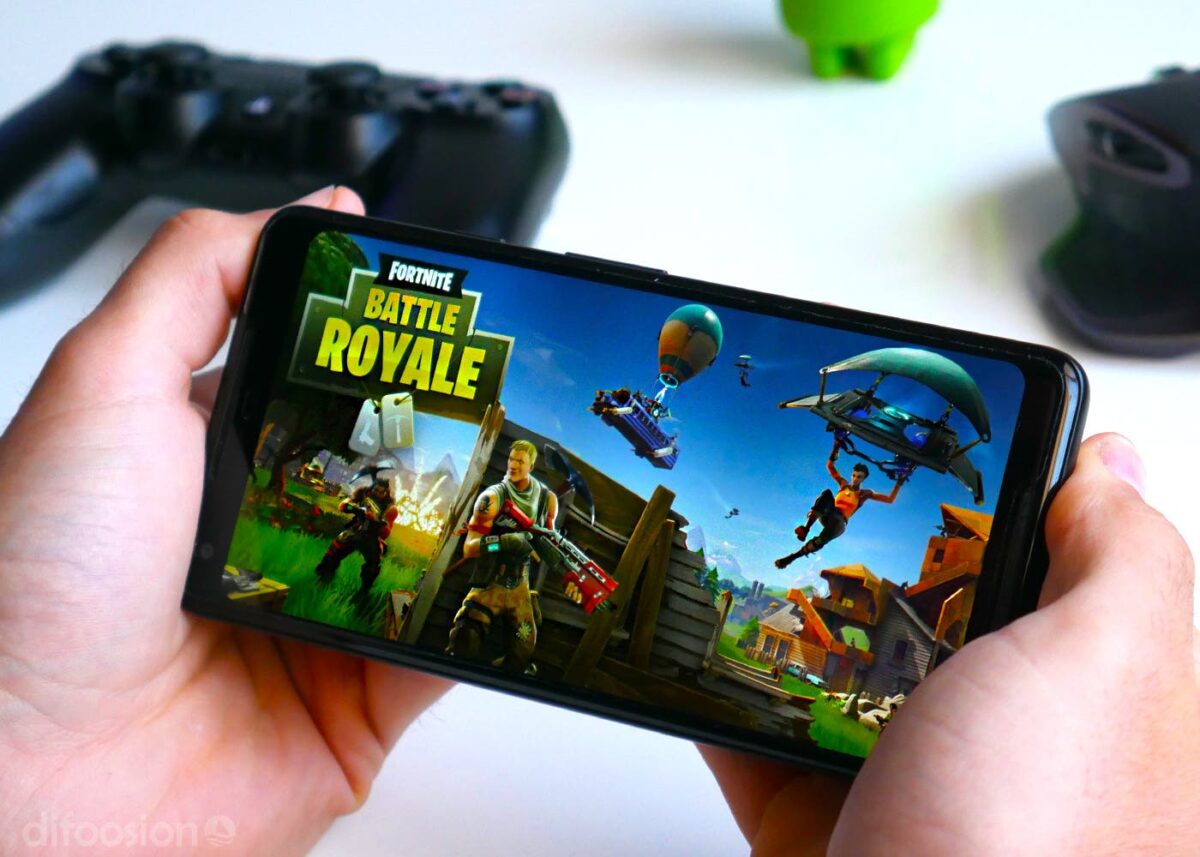
Whether members of your family play it or not, most parents and children are familiar with the name Fortnite. Whether it be your kid attending a Fortnite Party or playing the game with friends, kids around the world are familiar with the name. To debrief for those who may not be too familiar, Fortnite is best defined as an online survival video game created and developed by Epic Games, Inc. Ever since the game’s release on September 26, 2017, its rise in popularity has increased to reach over 78.4 million monthly players.
In fact, it is estimated according to a survey with 2,000+ respondents that 45% of children under 18 have played Fortnite before. Clearly, there is a large percentage of young people who are at least familiar with the game, and it makes sense why the game would be brought up in various conversations regarding safety, usefulness, etc.

The question that I will be addressing is: “Could Fortnite be an effective means of education in the classroom?” We can start by talking about the way the game works. As I’ve mentioned, there are approximately 78.4 million monthly Fortnite users, but this takes into Fortnite Battle Royale mode, which is the game’s most popular model. Fortnite Battle Royale is a competitive shooter between 100 players as they air-drop out of a moving plane and then fight to survive in many cases to be the sole victor.
As they are moving towards victory, the space that the players are in slowly starts to shrink to force the final few into close combat. Other than the Fortnite Battle Royale version, Fortnite itself as an online video game has two other game modes: Fortnite Save the World and Fortnite Creative. Fortnite Creative is something I want to highlight as one of the main factors to push for the usage of educational purposes.
The Fortnite Creative mode is best described as a sandbox game, which is a video game with a gameplay element that gives the player a great degree of creativity to complete tasks towards a goal within the game. Basically, you can take the game in your own direction. A popular kid-friendly example of a sandbox game would be Minecraft. Minecraft has been around long before Fortnite dating back to 2011. For a little background on Minecraft, it was developed by Mojang Studios as a game that allows players to explore a blocky 3D world with infinite terrain and tools to create and explore.
Interestingly enough, the topic of bringing Minecraft to schools has been brought before school committees and educational boards and have been implemented in some places. In a school in Sweden, they implemented an interdisciplinary no-grading school curriculum that included a mandatory course in Minecraft! How unique is that! In the United States, Microsoft created plans to bring Minecraft to the classroom by creating a MinecraftEdu software.

Other than partnerships, let’s talk about Fortnite itself as a business. With a free-to-play business model, some may question whether the business is profitable or even sustainable in the long-term. However, they surprisingly amassed an exceptional sum of money due to the sheer volume of players. In fact, it amassed an audience of 125 million players and netted $1.2 billion in revenue in its first ten months.
As a free gaming model, there are more potential players to buy upgrades and features to advance themselves in the game. Additionally, the game added a revenue model called “Battle Pass,” which costs $10 per quarter fee paid by Fortnite players. This specific feature gives them unique access to the game’s system updates, like mapping changes and new character features that gamers who play for free can’t access. Other companies such as AirballingLA are using Fortnite to their advantage by offering a service around it.
As for Fortnite Creative, the sandbox mode would allow teachers to educate students on design and development while keeping the attention of the students who need something modern and interactive. They can start by writing a design document including the storyline, character descriptions, detailed level descriptions, objects, perceived challenges, as well as a plan for automation. With the right balance of lesson plans and fun, teachers can use Fortnite to effectively teach. You heard that right.
Yes, the game is engineered to be addictive, but what if we can take that addictive energy and put it to good use? By teaching students ways to safely deal with these types of situations, students will be able to tackle the real world. Other than a curriculum-based thing, game time could even be part of a rewards system for students. If a student completes all required assignments on time and is done well, this student could be rewarded “game time” during a class period if there is an opportunity to allot time to do so. Whether it be a treat for students or for education purposes, these skills can be used for kids to perhaps build their career path choices and future interests.

Fortnite has cause a variety of effective means for a brighter future. A company’s value up in the millions and garnering massive influence especially with kids and teens has indirectly affected education to adopt methods used by Fortnite to enhance the quality of education. From enhancing creativity, self-initiative, and teamwork, education has also adopted other features of Fortnite that enhance a student’s ability to concentrate and quickly pick up material that would otherwise be perceived as “boring.”
As long as Fortnite is still popular, the effects of this game will have an impact on education especially as we see education system open itself to remote teaching. Attention will be harder to capture when a teacher is not physically present and thus opens up challenges to teachers, however Fortnite shows us that there’s a way to maintain attention and that’s through entertainment. Once teachers learn to use entertainment productively in the school setting, we just might see Fortnite as a tremendous catalyst for the education system.
















